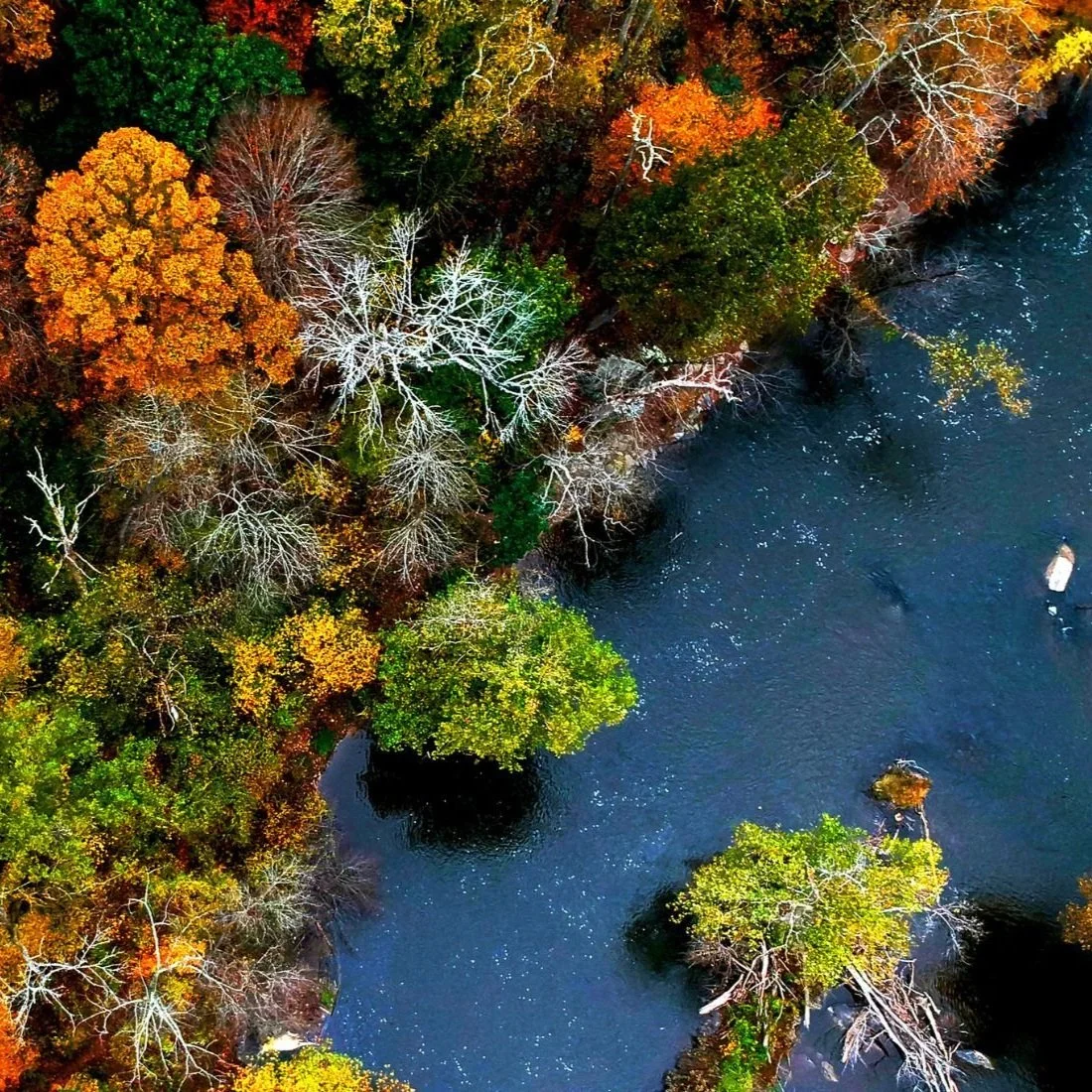This secretive creature is staging a comeback, but it depends on clean water…
/Potomac River residents can help ensure the survival of this endangered salamander. Here's how:
image courtesy of Peter Paplanus/Flickr.
Imagine: It’s the dead of winter. Small, shallow depressions dotted along Maryland’s Atlantic coastal plain have flooded and filled with frigid water. Yet, you, a cold-blooded, foot-long tiger salamander emerge from your insulated underground home desperately seeking these freezing ponds in order to mate.
Alas, these basins - the only place where you can leave your young - are fewer and farther between than they once were. How can you ensure the survival of your kind?
With a little help from a team of biologists and conservationists, of course! A team from the Maryland Department of Natural Resources (MD DNR) has been restoring the wetland habitat of the Eastern tiger salamander (Ambystoma tigrinum), an endangered species in Maryland, and their efforts are paying off.
In a spring 2020 survey of the salamanders and their egg masses, biologists saw a “dramatic increase” in reproducing adults and are “cautiously optimistic” about the species coming off the endangered list in the future.
Here’s why we should all celebrate the comeback of this secretive, little creature…
What is a tiger salamander?
Biologist Beth ScHlimm holds a tiger salamander. Photo by Kevin Stohlgren/MD DNR.
According to MD DNR biologist Beth Schlimm, we should all be fascinated by all salamanders (even though they are not, after all, fireproof.)
“Salamanders are such a diverse group. They inhabit a range of habitats from mountain tops to deep caves. I never tire of looking for them and learning about the unique adaptations they have evolved to survive and thrive in their environment.”
The Eastern tiger salamander is a type of mole salamander - a group native to North America - and one of the largest terrestrial salamanders on our continent. They can grow to over a foot in length and typically live 16-25 years. They spend most of their adult lives underground, except when they need to travel to a very particular habitat for breeding.
Why are they endangered?
Tiger salamanders used to be found on both the eastern and western shores of the Chesapeake Bay in Maryland, but their range and population have dramatically declined due to habitat loss.
The salamanders can only breed in fishless wetlands that remain flooded long enough for the larvae to develop. In Maryland, this means they need to look for vernal pools or “Delmarva bays,” the regional term for a unique type of wetland depression that is naturally free of trees, seasonally flooded in winter, and fishless. The Delmarva bays themselves depend on healthy surrounding forests and riparian buffers.
Unfortunately, much of this crucial habitat has been lost to unsustainable agricultural practices, deforestation, and development.
In some cases, the bays have been converted to deeper ponds and stocked with fish, making them unsafe places for the salamanders to leave their eggs.
Today, the tiger salamanders eggs are in very few baskets. Only about 20 ponds are being used for breeding in Maryland, with the two main populations concentrated in Kent and Caroline Counties.
A Delmarva Bay depression in Queen Anne’s County, mD. Image courtesy of the Chesapeake bay program.
Many local salamander species are also severely threatened by the climate crisis. Find out more about the links between salamanders, water quality, and our warming climate by exploring our recently released Potomac River Region Climate Report.
What is being done to save them?
From November to April, biologists such as Beth Schlimm and Scott Smith slowly trudge into ponds up and down Maryland’s shore, sometimes breaking through thin ice sheets in their chest waders, looking for evidence of adult salamanders, spermatophores, and egg masses attached to vegetation.
This year, the count was way up, thanks to their work to restore Delmarva bays and other appropriate wetland habitat on private and public land to a natural, salamander-friendly state. So what’s next?
A more resilient population of salamanders needs as many breeding opportunities as possible. With more bays in which to spread, they can create a more genetically diverse and healthy population and have a backup breeding location if their nearest pond stays dry through the winter.
Image courtesy of Mike Burchett/FLickr.
How can I help?
Whether you live near their downstream wetland home or upstream on the Potomac, you can help fight for the clean water they need to survive. Here’s how:
Avoid harmful using harmful chemicals and nutrients on your lawn, which can lead to algal blooms which kill tadpoles.
Support clean water throughout our region by planting and maintaining forest buffers along ponds and streams.
If you live near wetland habitat, work with DNR to restore land to its natural state, especially by removing trees from pond basins.
Finally, support the work and research of biologists like Beth and Scott! Here’s what they’d like you to know about the importance of saving the slippery, secretive salamanders:
“I’d like people to realize that there are many secretive critters out there that most folks don’t get to observe and enjoy but are nonetheless important components of our ecosystems. Most people have probably never seen (or even heard of) a tiger salamander. It is important to focus conservation and management efforts at the habitat level so that we can benefit entire communities of plants and animals.”
“A clean and healthy environment sustains jobs and our physical and mental health. Good habitat for tiger salamanders means the land is being used in a sustainable manner.”




















